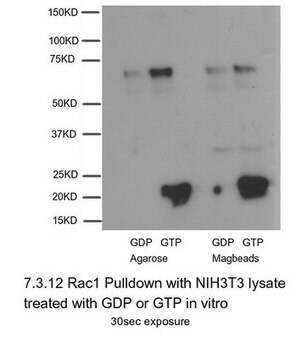202371
Poli(etilenglicole)
average Mn 300, hydroxyl
Sinonimo/i:
PEG
About This Item
Prodotti consigliati
Nome del prodotto
Poli(etilenglicole), average Mn 300
Stato
viscous liquid
PM
Mn 285-315
average Mn 300
Indice di rifrazione
n20/D 1.463
pH
6-7 (23 °C, at 10 g/l)
Viscosità
5.8 cSt(210 °F)(lit.)
Punto di fusione
−15-−8 °C (lit.)
Densità
1.125 g/mL at 25 °C
Mw/Mn
1.1 (typical)
Estremità Ω
hydroxyl
Estremità α
hydroxyl
Stringa SMILE
C(CO)O
InChI
1S/C2H6O2/c3-1-2-4/h3-4H,1-2H2
LYCAIKOWRPUZTN-UHFFFAOYSA-N
Cerchi prodotti simili? Visita Guida al confronto tra prodotti
Categorie correlate
Descrizione generale
Applicazioni
- PEG modification increases thermostability and inhibitor resistance of Bst DNA polymerase.: This study demonstrates that polyethylene glycol (PEG) modification significantly enhances the thermostability and inhibitor resistance of Bst DNA polymerase, highlighting PEG′s potential in improving enzyme performance for biotechnological applications (Yang et al., 2024).
- Development of Lyophilized Eukaryotic Cell-Free Protein Expression System Based on Leishmania tarentolae.: The incorporation of PEG in the lyophilization process of a cell-free protein expression system demonstrates its role in enhancing the stability and efficiency of biotechnological workflows (Alfaro-Palma et al., 2024).
- A comprehensive review on singlet oxygen generation in nanomaterials and conjugated polymers for photodynamic therapy in the treatment of cancer.: This review highlights the application of PEGylated nanomaterials in photodynamic therapy, emphasizing its significance in improving biocompatibility and therapeutic efficacy in cancer treatments (Singh et al., 2024).
Codice della classe di stoccaggio
10 - Combustible liquids
Classe di pericolosità dell'acqua (WGK)
WGK 1
Punto d’infiammabilità (°F)
428.0 °F - closed cup
Punto d’infiammabilità (°C)
220.00 °C - closed cup
Dispositivi di protezione individuale
Eyeshields, Gloves
Scegli una delle versioni più recenti:
Possiedi già questo prodotto?
I documenti relativi ai prodotti acquistati recentemente sono disponibili nell’Archivio dei documenti.
I clienti hanno visto anche
Articoli
Universal Platform for Surface Modification Employing Grafted Polymer Layers
Il team dei nostri ricercatori vanta grande esperienza in tutte le aree della ricerca quali Life Science, scienza dei materiali, sintesi chimica, cromatografia, discipline analitiche, ecc..
Contatta l'Assistenza Tecnica.

